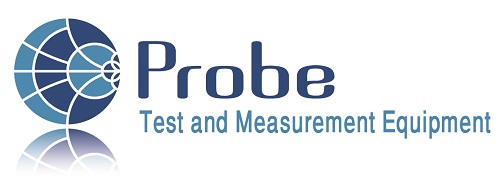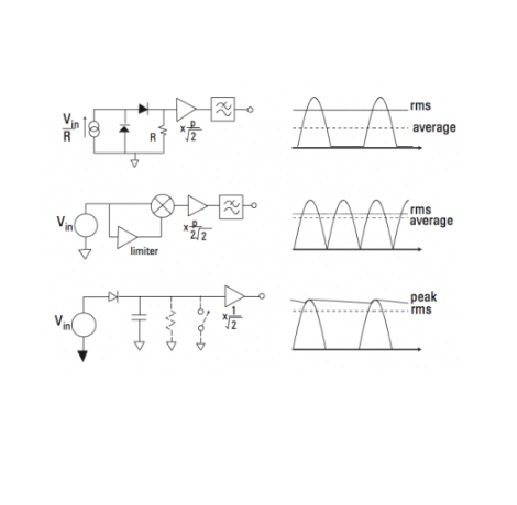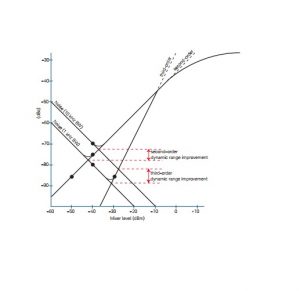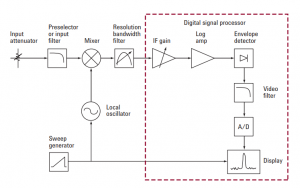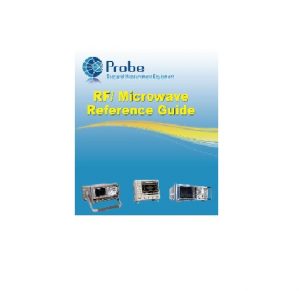Four Steps for Making Better Power Measurements
Before you select a power meter and its associated sensors, make sure that you have taken the following four steps, each of which can influence the accuracy, economy, and technical match to your application.
This Application Note was written by Agilent (Copyright). To read the full Application Note used this link (agilent web site):
Understand the characteristics of your signal under test and how they interact with the power-sensing processes.
System technology trends in modern communications, radar, and navigation signals have resulted in dramatically different modulation formats, some of which have become highly complex. The objective of this section is to briefly examine a range of typical formats to see how their spectrum characteristics interact with various power sensor technologies.
In the sensor technology section (Step 3), much more detail is given to peak detection. Briefly, the measuring principle is that an averaging sensor responds to the average value of any format as long as the signal peaks remain within the sensor’s square-law range. But driving ordinary diode sensors into their linear-detection ranges, even those with compensation techniques, will cause errors. Peak and average diode detectors, specifically designed for peak excursions, generally do not have problems with any type of complex signal format.
Step 2:
Understand power measurement uncertainties and traceability to a primary power standard at a national laboratory,
Step 3:
Understand the characteristics and performance of available sensor technologies and operating features of various power meters.
In general, power sensors are designed to match user signal formats and modulation types. Similarly, power meters are designed to match the user’s measurement data requirements. Sensor technology has developed over the years to better meet the advancing needs of users.
The thrust has been to increase sensitivity and dynamic range, while improving the speed, accuracy, and reliability demanded by the fast-paced industry.
Power sensors are of two general types: A) Heat-based, B) Diode-detector based
Heat-based sensors such as thermistors and thermocouples depend on the process of absorbing all (except for tiny inefficiencies and reflections) of the RF and microwave signal energy, and sensing the resulting heat rise. Because the heat effect integrates all the signal power, such sensors are totally independent of the waveforms and spectrum content of the signal. Thus, they respond to the true average power of the signal, whether pulsed, CW, AM/ FM, or other complex modulation, and account for spiked power effects such as crest factor.
Diode-based sensors depend on the rectifying characteristics of their non-linear microwave detection curve. Their ability to detect and measure power down to -70 dBm suits them for ultra-low signal detection applications such as at the front end of RF or microwave systems. They are also ideal for wide-dynamic-range measurements. Also, they provide much faster response times, making them important for pulsed and high data- rate applications.
Step 4:
Make the performance comparison and select the right product for your application. By far, most power measurements are made with averaging power meters. Based on the previous comparison of sensor technology and the selection guide for sensors, the user can easily determine which sensor model meets the power and frequency range performance required. For averaging applications, the two EPM power meters are prime alternatives
For automated system use, the fast measurement speed, (EPM– 200 readings per second, EPM-P Series – 1,000 readings per second, P Series – 1500 readings per second) make them ideal for programmed applications
© Agilent Technologies, Inc. 2012, Published in USA, June 4, 2008, 5965-8167E
Some material in this appendix is reproduced with permission from Agilent technologies
Reproduced with Permission, Courtesy of Keysight Technologies, Inc
Reproduced with Permission, Courtesy of Keysight Technologies, Inc
